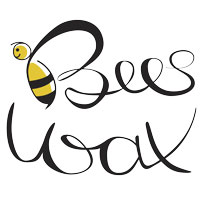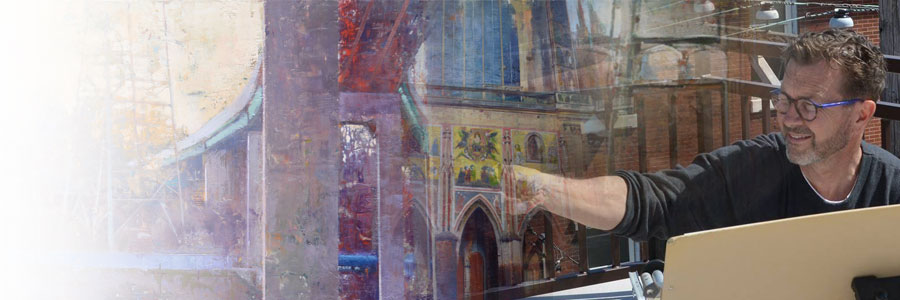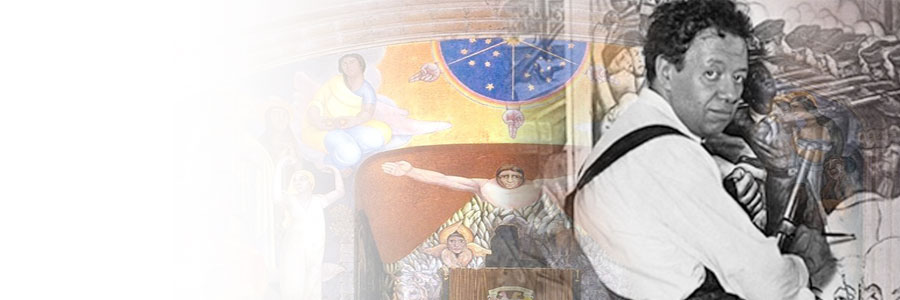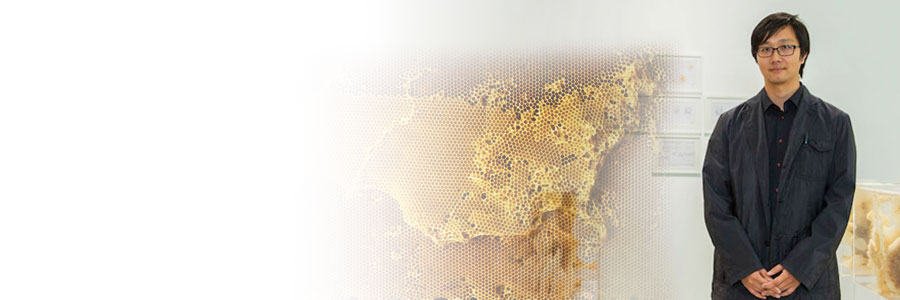Born 1959 in Waterville NY, I attended Waterville Central High School and graduated in 1977. At Rochester Institute of Technology, I studied foundation art and majored in painting and drawing. During my sophomore year, a faculty member recommended I study painting in RIT’s graduate program along with the required sophomore schedule.
After obtaining my Associates degree in 1978 from RIT I then transferred to the Tyler School of Art in Philadelphia, continuing as a fine arts major. In 1981 I earned my BFA in painting with Cum Laude honors. I also received the prestigious Rohm and Haas Purchase Prize for excellence in painting.
Following graduation, I taught art for more than 15 years at various levels. At a Philadelphia private school I was chair of the fine arts department and instructor for grades 7-12. I later taught at Arcadia University as an adjunct professor in drawing and painting. Several of my students continue to win prizes and show at notable fine art galleries in Scottsdale, the U.S. and abroad.
My exhibition record includes many juried shows and several national competitions. Galleries from Philadelphia, New York, Massachusetts, New Jersey, Arizona and Atlanta have handled my work with numerous one-person shows. I’ve also participated in juried museum exhibitions around the country. My work is in many public and private collections in the U.S., Canada and London. I was a Fine Arts Juror for the Pennsylvania Governor’s School for the Arts and was the subject of a Public television documentary in 2002.
I have participated in multiple panel discussions related to encaustic painting and have delivered museum lectures on related subjects.
I reside with my family near Philadelphia, where I maintain my studio.





